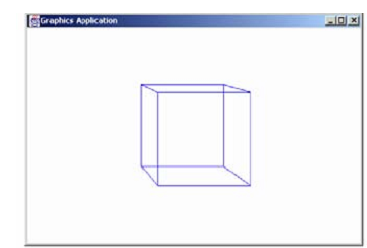Rendering, Shading and Colouring:
By introducing hidden line removal we have already taken one step away from wire-frame drawings towards being able to realistically model and display 3-D objects. Perhaps the biggest step down that road comes while attempting to "colour in" our simple line drawings. The several algorithms for rendering, the process of applying lighting, colouring, shadow and texture to an object or scene in order to attain a realistic image, are all based to a greater or lesser extent on the study of the physical properties of light. In this section we will examine several properties of light and the way it interacts with objects and develop some simple mathematical models of its behaviour. It is worth setting the following discussion in the context of our system as developed so far. Currently our 3d model is made up of surfaces, each of which we represent on the screen by drawing its outline. If we desired to shade each polygon ("colour it in") what colour would we use? What we basically are trying to attain is to derive a method for calculating that colour. Figure shows the difference among a wire-frame representation & a simple rendered version

Figure: Wire-frame Representation and Rendered Representation